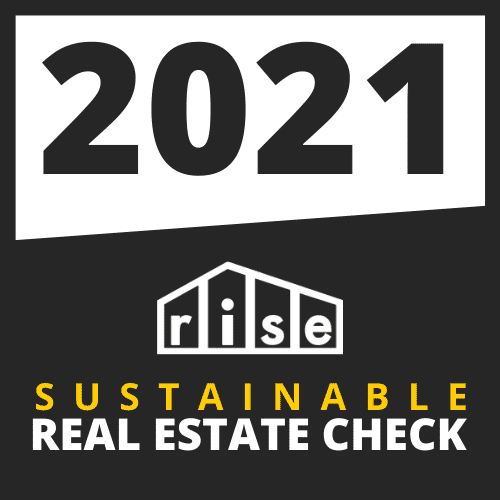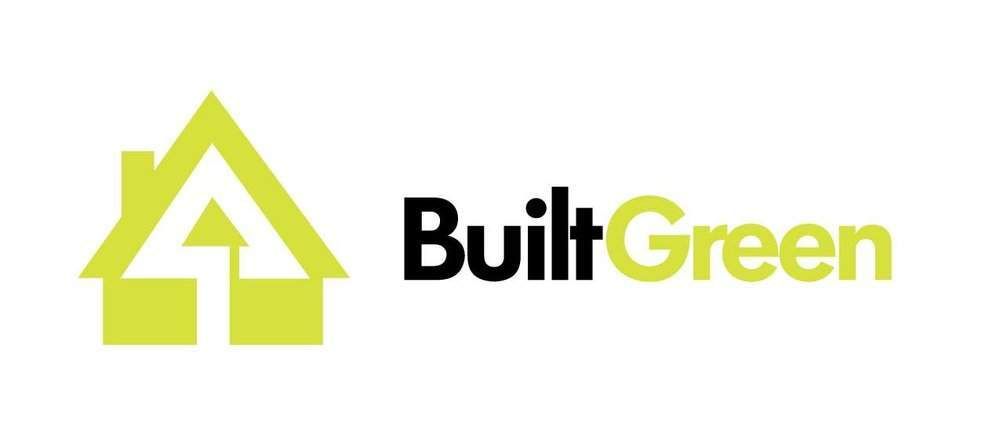When buying or selling any home or commercial property, an increasing volume of Buyers will consider and value environmental benefits as an important factor when comparing the overall value. While many new homes offer a variety of sustainable features and green certifications, older homes can also be sustainably retrofitted. To provide more insight and assist builders, renovators, Sellers, and Buyers on the methods, options, and benefits of sustainability, the following is Kelly Grant’s executive summary editorial of Rise Education’s presentations: “Fundamentals of Sustainable Homes in Canada”; and “Healthy Homes in Canada”.
The Residential Energy Usage Situation in Canada: Below is an Energy Use Database chart (produced by Natural Resources Canada - NRC) showing which components use the largest amount of energy in Canada:

(KG-1): When either building a new home or retrofitting and existing home, what five basic features of building components help to make a home sustainable?
- Resilient
- Long-lasting
- Energy Efficient
- Healthy
- Low Greenhouse Gas Emissions
(KG-2): What are the five important pillars of a sustainable home?
- Energy and Water Efficiency
- Indoor Air Quality
- Home Comfort (i.e. Regulating Temperature)
- Responsible Material Use
- Land and Environment
(KG-3): What are five key advantages of buying a new or retrofitted sustainable home?
- Using renewal energy with environment benefits
- Energy efficiency
- Lower heating and power bills
- Better (and healthier) air quality
- Reduced moisture, pollution, and noise penetration
(KG-4): What fifteen features will help to improve a home's overall sustainability and energy-efficiency?
- Energy-efficient appliances
- LED lighting
- Improved wall and attic insulation (i.e. using fiberglass, cellulose, spray foam, mineral wool, natural fiber, MgO SIPS complete structural insulation panels)
- Improved windows and doors (e.g. triple-glazed) and tighten frames with weather-stripping to reduce heat loss
- Improved ventilation including the use of Heat Recovery Ventilators (HRVs)
- High-efficient hot water systems, furnaces, and heat pumps (note: the highest energy efficiency and climate friendliness come from heat pumps)
- Programmable thermostats, Smart thermostats, and Smart hubs
- Energy-Efficient Plumbing Fixtures (e.g. low flow faucets and showerheads, low flush and dual flush toilets)
- Home Automation Systems (e.g. make life easier, improve energy efficiency)
- Zoned Heating and Air Conditioning System
- Smart Meters and Energy Monitors
- In-Floor Radiant Heating or Geothermal Heating
- Solar Panels (Rooftop and Commercial)
- Reduction of Pollution from Fossil Fuels
- Clean Drinking Water
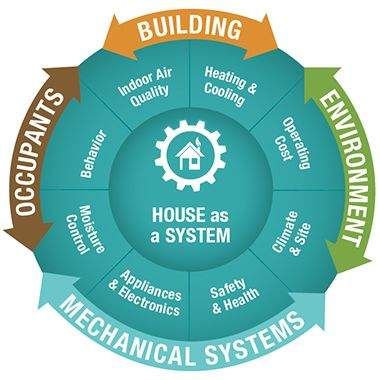
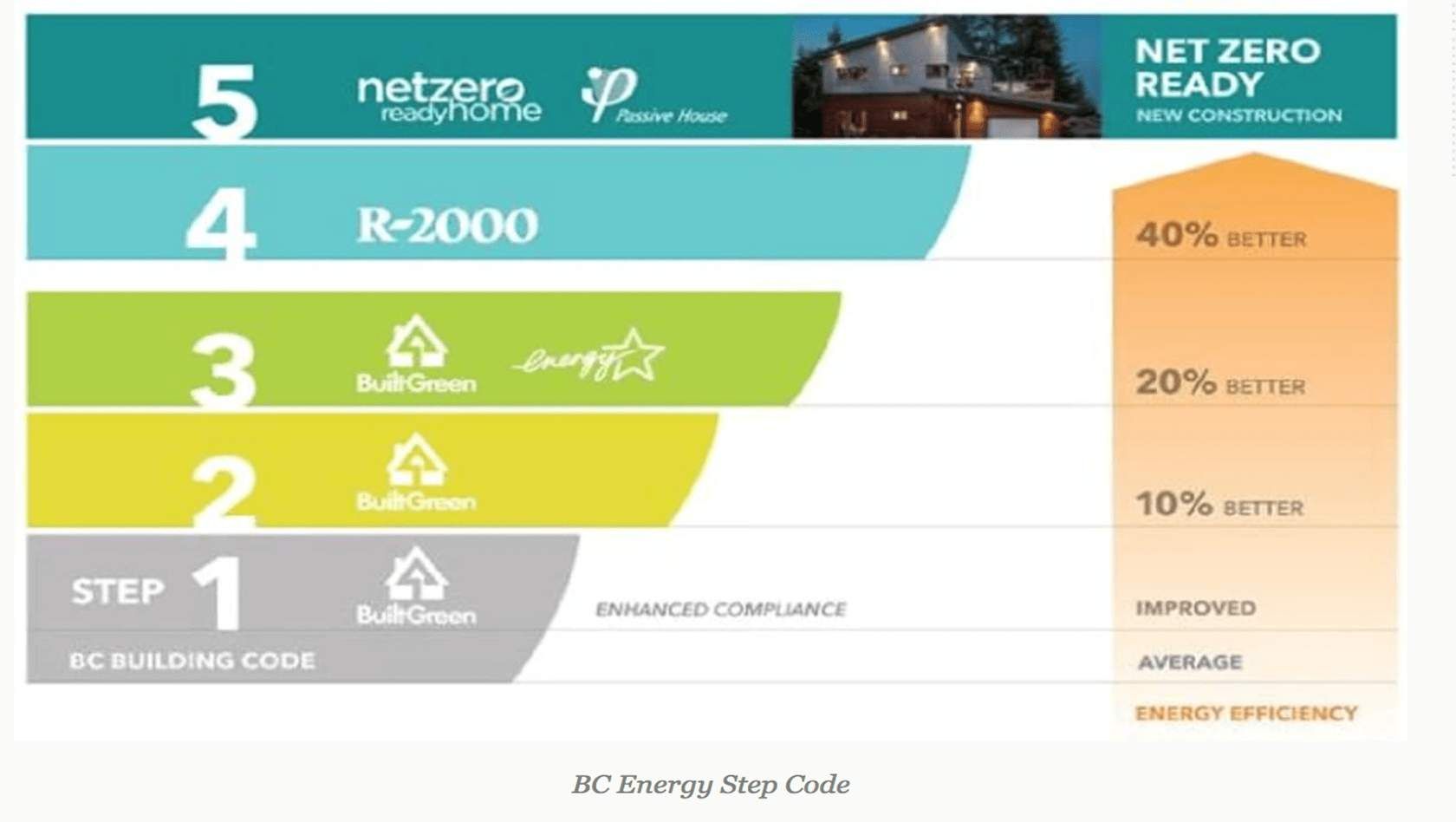
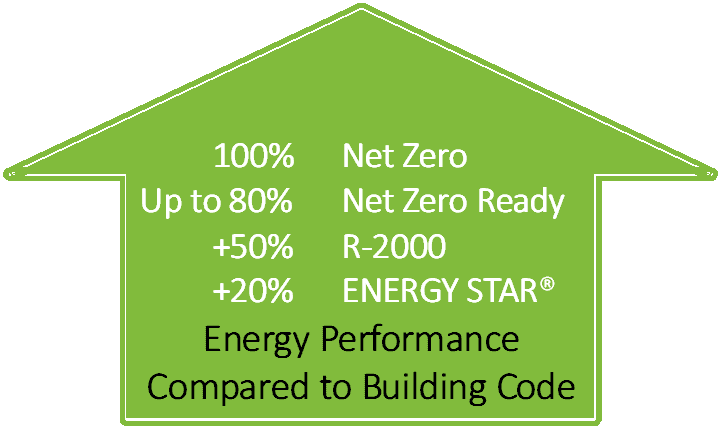
(KG-5): Why is it important to: (a). install an energy-efficient heating system; combined with (b). minimizing heat loss?
- According to the Canada Energy Regulator, “(1). The energy intensity of space heating in residential buildings in Canada today ranges on average between 75 kilowatt-hours per square metre (kWh/m^2) for newer construction to as much as 220 kWh/m^2 (3 times) for buildings erected before 1960; and (2). High-performance new construction and energy renovations of existing buildings could result in a 65% improvement in lowering the average space heating intensity of Canada’s buildings by a third by 2050.”
(KG-6): What important information is discovered for homeowners through the course of an Energy Audit?
- Volume of energy used in the past year
- Volume of energy used compared to new home built to code
- Volume of greenhouse gas emissions created by the home
- The energy and greenhouse gas intensity of the home (e.g. kilojoule or kilowatt output per square metre of house size)
- Information of how energy use is divided in the home (e.g. lighting, heating systems, appliances, etc.)
- Locations of air leakages (i.e. via a ‘Blower Door Test’)
- Identifying priority rankings of improvement projects vs. estimated impact for reducing or optimizing energy consumption
(KG-7): What should you know about Energy Audits before scheduling one for your home?
- 2021 Energy Audits can cost up to $2000+ and take up to 8 hours to complete
- Energy Audits are generally required to receive money back incentives from Government for energy-efficient upgrades
- Before hiring an Energy Auditor, press logo below to visit website for the Canadian Association of Consulting Energy Advisors: ![]()
(KG-8): Following an Energy Audit, how can you monitor Energy on an on-going basis?
- Electricity Consumption (i.e. clamp attached to electricity meter, mains, etc.)
- Water Consumption
- Solar-Electricity Production
- Room Temperatures (opinion note: for health reasons it is important to set your thermostat at a proper warmth amount that your body feels relaxed and comfortable, with energy usage to sustain this becoming a secondary factor)
- Thermostat Setpoints
(KG-9): What are ten conditions that are important to test for and remove to ensure indoor air quality?
- Presence and Growth of Mould and Mildew
- Presence of Dust, Smoke, and Smell
- Presence of Pollen, Pet Dander, and Bacteria
- Presence of Radon Gas
- Furniture with Toxins (e.g. Formaldehyde)
- Presence of Carbon Monoxide (e.g. gas appliances and furnaces)
- Improper Ventilation (e.g. improve with regularly opening windows; installing Heat Recovery Ventilator (HRV) or Energy Recovery Ventilator (ERV))
- Limit use of Air Fresheners and Deodorizers (i.e. with high VOC levels)
- During construction: presence of sawdust, drywall dust, insulation fibers, VOCs, adhesives and finishes, off-gassing from new furnishings
- During (and after) construction preventative measures: protect ductwork; use plastic room dividers; use air scrubbers; cover absorptive materials; clean HVAC; change air filters; install indoor air monitoring systems
(KG-10): What are ten important steps that can homeowners take to improve the air quality in their home?
- Purchase furniture that does not contain Chlorine or Bromide
- Reject materials in New Home Construction that contain Formaldehyde
- Reject paints and carpets that contain Volatile Organic Compounds (VOCs), and caution note: fiberglass insulation also includes VOC
- Install a Carbon Monoxide (CO) detector to prevent unhealthy gas levels
- Identify and remove any sources of mould as soon as possible
- Ensure proper air sealing and draft proofing
- Install and regularly use kitchen hood fans and bathroom ventilation fans
- Install a Heat Recovery Ventilator (HRV), only once your home has been significantly improved to reduce air leakage
- Use high-efficiency heating systems (i.e. to remove pollutants, dust, pollen, other allergens, etc.)
- On days without high winds or precipitation, consider opening windows for cross-draft air flow / fresh air replenishment.
(KG-11): What are the major consideration factors when selecting an energy-efficient window?
- Solar Heat Gain Coefficient (fraction of solar radiation emitted)
- U-Factor (measures rate of heat transfer) and R-Value (insulative capacities)
- E-Rating (‘Emissivity’ measures a material’s ability to radiate energy for thermal performance, can be improved with low-e colourless coats)
- Volume of Air Leakage (i.e. through wall connection joints)
- Fixed vs. Operable (i.e. less air leakage is caused with fixed windows)
- Other factors: (a). aesthetic appeal; (b). higher comfort with reduced heat loss; (c). reduced heating bills; and (d). reduced noise penetration
(KG-12): What ten pieces of energy-efficient information should you know when selecting a heat pump?
- Heating Seasonal Performance Factor: heating efficiency rating for heat pumps, and should have an HSPF rating of 9 or higher
- Seasonal Energy Efficiency Ratio (SEER): air conditioning and cooling rating for heat pumps and air conditioners, should have a SEER rating of 16 or higher
- 2021 Cost of Heat Pumps typically range from about $12,000 to $25,000+
- Heat Pumps can save homeowners 40%+ on annual heating and cooling costs
- Types of Heat Pumps to be installed vary based on the climate
- Types of Heat Pumps to be installed vary on the size of home; energy efficiency; level of insulation; and house envelope considerations.
- Heat Pumps are installed by qualified contractors using heat load formulas.
- Well-maintained heat pumps can last up to 15 to 20 years or more.
- Heat Pump Types: Ducted; Ducted Mini-Split; and Geothermal.
- New R32 Refrigerant is leading-edge to replace older less-safe refrigerants.
(KG-13): What are ten groups of chemicals that are banned or severely limited by the OEKO-TEX certification in textiles and fabrics?
- Brominated flame retardants (Penta, octa, deca, and others)
- Chloro-organic toluenes and benzenes
- Formaldehyde
- Pesticides
- Extractable heavy metals
- Phthalates in baby articles
- Emissions of VOCs including toluene, styrene, butadiene, and others
- AZO dyes and other known carcinogenic and allergy-inducing dyes
- Chlorinated phenols
- Organotin compounds (TBT and DBT)
(KG-14): What are the major components of a passive solar design house?
- Angle the home toward the sun (i.e. South in Northern Hemisphere)
- Incorporate Large Windows Facing the Sun
- Add Thermal Mass (e.g. Stonework, cement, earthen floors, heavy materials)
- Advantages: reduce energy usage and energy costs; and prolong furnace life
(KG-15): What are five important factors to look for in energy-efficient appliances?
- Integrated Modified Energy Factor (IMEF) – higher IMEF saves more energy
- Integrated Water Factor (IWF) – lower IWF uses less water
- Energy-efficient dishwashers have features including: soil sensors; improved water filtration; innovative dish rack designs; and energy efficient jets
- Front-loading washers are more energy efficient than top-loading washers
- Induction cooktops with electromagnetic induction emit less carbon monoxide and nitrogen oxide pollution than gas stoves
(KG-16): What are the best sustainable materials to use for countertops renovations and roofing upgrades?
- Countertops: Stone (e.g. granite, marble or slate); wood; and stainless steel.
- Roofing: cedar shingles; metal; Terracotta Tile; green, living, and solar roofs.
(KG-17): What is the recommended procedure for homeowners to invest in solar panels?
- First step: reduce energy needs through sustainable design and construction methods by reducing house size; choosing efficient heating systems (e.g. heat pumps); improving insulation; maintaining a tight building envelope; and reduce overall energy consumption.
- Second step: once the first step is complete, choose a smaller off-grid or grid-connected solar system reflecting the reduced levels of energy demand.
(KG-18): What factors are major contributors to a high-efficient electric home?
- Efficient building envelope that minimizes heat loss
- High-efficient space heating systems (e.g. heat pumps)
- High-efficient electric hot water systems
- Electric induction cooktops
- Benefits: saves consumers money; benefits environment with reductions in pollution and greenhouse gas emissions; and improves overall grid efficiency.
(KG-19): What are six recommended products that effectively reduce noise pollution?
- Green Glue (non-toxic, low-VOC, visco-elastic compound, easy to apply)
- Eco-Flex Wall Paneling (i.e. type of exterior fencing)
- Quiet Batt 30 Soundproofing (i.e. walls, ceiling, and attic insulation option)
- Echo Absorber Acoustic Cotton (free of VOCs, fibreglass, and formaldehyde)
- Triple-Pane Windows (extra insulation benefit and low U-values)
- Cork Flooring with Underlay (resilient, healthy, and sustainable)
(KG-20): What are sixteen of the most recognized sustainable, energy-efficient, etc. certifications in North America to look for in products, services, new home builds, and in retrofits? {Press logos below to open websites.}
- EnerGuide (Government of Canada)
- BuiltGreen Canada
- ENERGY STAR (a consumer icon in the Canadian marketplace)![]()
- Enervee (energy efficient appliances and electronic data, updated daily)
- R-2000
- LEED (Certified, Silver, Gold, and Platinum) (Canadian Green Building Council)
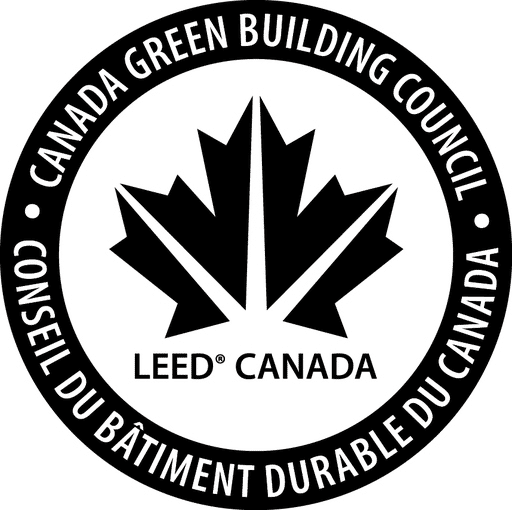
- Passive House
![]()
- Net Zero Home (Canadian Homebuilders' Association)
![]()
- Cradle-to-Cradle Certified®
- Oeko-Tex - Clothing and Textiles
- WaterSense Label (EPA) – Plumbing
- The Declare Label (ILFI) – Nutritional Label for Building Products![]()
- GREENGUARD (helping homeowners choose furniture / products with low VOC and other chemcial emissions)
- Safer Choice (certified by the U.S. Environmental Protection Agency)![]()
- Green Seal (certified products and services)
![]()
- Holmes Approved Products, Homes, and Builders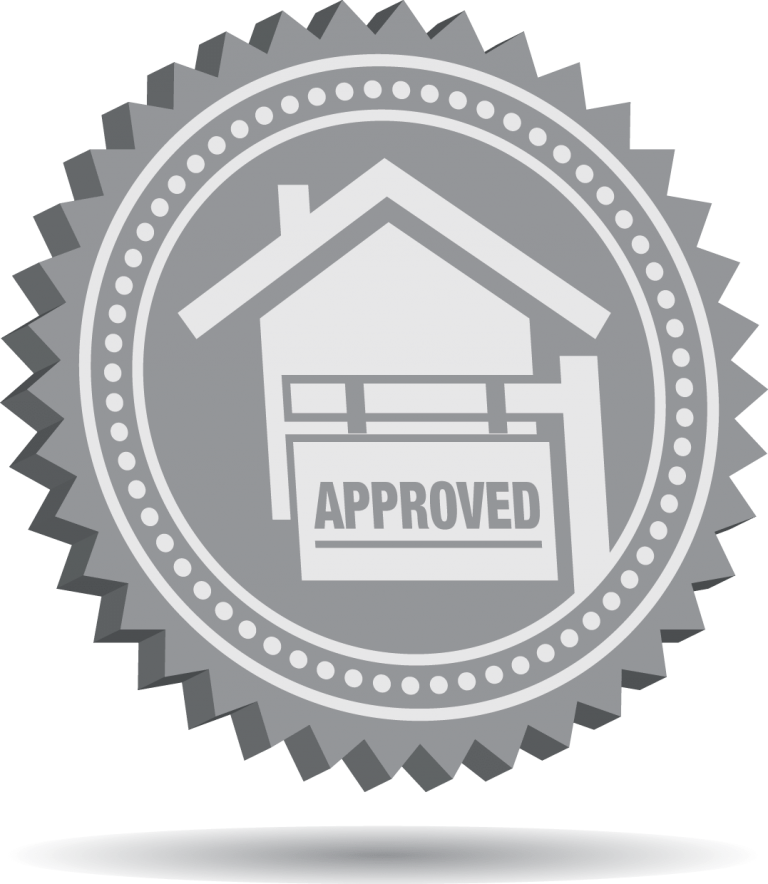
Reference Sources (Open Links Below) for Additional Information:
- Rise Education
- Natural Resources Canada
- Built Green Canada
- Canada Green Building Council
- PassiveHouseCanada
- Canadian Home Builders Association
- BC Energy Step Code
- Canadian Association of Consulting Energy Advisors
- Canadian Water and Wastewater Association
- Air-Conditioning, Heating, and Refrigeration Institute
- Forest Stewardship Council
- Sustainable Forestry Initiative
- Canadian Standards Association Sustainable Forest Management
- Cradle to Cradle Products Innovation Institute
- The International Association for Research and Testing in the Field of Textile and Leather Ecology
- International Living Future Institute
- The Rocky Mountain Institute
- PEMBINA Institute
- Mike Holmes, Make It Right®
In summation: with the past, present, and future wave of Federal and Provincial Government code regulations being imposed on new home construction across Canada in part to improve the natural air, water, and vegetation quality, it is predicted that the importance of all the above upgrades, benefits, certifications, and associations described will become magnified. Moving forward into the next two decades and beyond, Sellers (including builders, developers, renovators); as well as new and pre-existing home Buyers; must understand the benefits and drawbacks of: (a). properties listed or being built that already have many sustainable features and energy efficeint upgrades; vs. (b). properties listed or being built that do not have strong levels of sustainable features and energy efficient upgrades; vs. (c). properties listed or being built that have strong future potential for adding new sustainable features and energy efficient upgrades. By considering these factors: Buyers (who over time will of course become future Sellers) must be prepared to predict future sustainable trends and purchase well now to maintain, preserve, and increase their property value over period of ownership; and Builders of new homes (including renovators when flipping homes) to optimize Buyer attractiveness must expand their ability to offer quality sustainable features and energy-efficient upgrades on their products.
[This executive summary editorial article of Rise Education’s presentations: “Fundamentals of Sustainable Homes in Canada”; and “Healthy Homes in Canada" c/o Alberta Real Estate Association is ©2021 Kelly Grant, Residential / Commercial REALTOR® of MaxWell POLARIS in Edmonton, Alberta, Canada]
Disclaimer: for those readers not currently represented by another licensed REALTOR®, to obtain more information on this topic and / or if you will be selling or buying in the Greater Edmonton Area, call Kelly at 780-414-6100 (pager); text Kelly at 780-717-9290 or send Kelly an email to SOLD@KellyGrant.ca to schedule a confidential appointment.